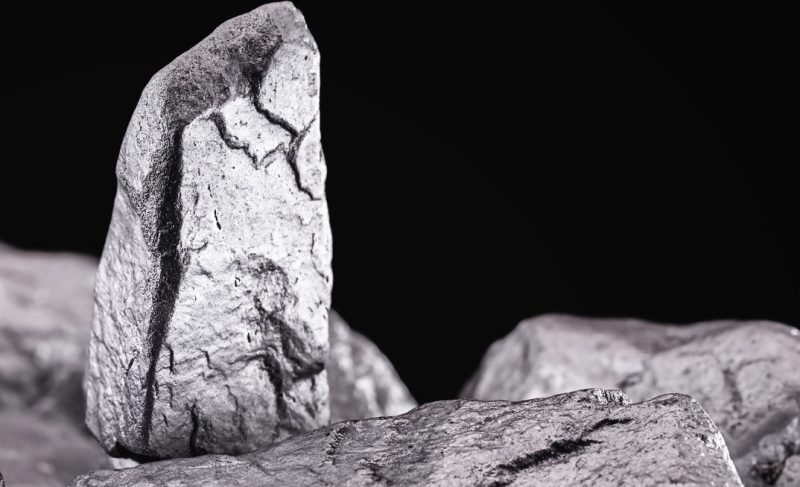
Quota Regime to Reshape DRC Cobalt Exports and Market Balance
The Democratic Republic of Congo will resume its cobalt export quota system beginning October, rationing exports at 3,625 t in October and 7,250 t/month in November–December. In 2026–27, the quota will cap exports at 96,600 t annually, divided into an 87,000 t base and a 9,600 t strategic pool reviewed quarterly. Traders expect this quota system to curb excess Chinese metal output and gradually balance the market rather than trigger an immediate price spike.
The quota’s native design allows authorities flexibility to tighten or ease restrictions without lifting the cap entirely. While chemical demand for sulfate and chloride cobalt may be fully covered, abundant overhang in certain segments should decline. Still, cobalt-containing nickel mixed hydroxide precipitate (MHP) and scrap cobalt could marginally fill supply gaps, though they offer limited relief for chloride routes due to nickel contamination.
Price Outlook and External Supply Offsets
Market participants are trading near the high $16s to low $17s per pound, with some forecasting a move toward $20/lb in early 2026, contingent on enforcement and logistics. Yet they caution that prices will rally gradually, not instantly. The role of Indonesia and other sources grows in importance, as DRC’s quota covers as little as 40–60% of prior export volumes depending on reporting. Analysts estimate a potential deficit of 30,000 to 65,000 t by late 2026 if offsets fail to fully compensate.
Timing remains a significant risk—export paperwork and shipping delays could compress supply through December, with some expecting relief only in January. The quota system signals a shift from ad hoc bans to a more institutionalised scarcity model, with a discretionary strategic pool and state purchase mechanisms to manage fluctuations.
SuperMetalPrice Commentary:
DRC’s move to enforce cobalt export quotas marks a seminal turning point in the battery materials landscape. While the system won’t produce an overnight price explosion, it sets the stage for a structurally tighter market. Buyers and refiners should prepare for rising premiums and tighter supply in the first half of 2026. Indonesia’s MHP output and scrap cobalt flows could soften the impact, but they cannot fully substitute DRC hydroxide in certain battery chemistries. As nations contest dominance in critical minerals, quota enforcement and compliance will become key variables shaping commodity pricing strategies.







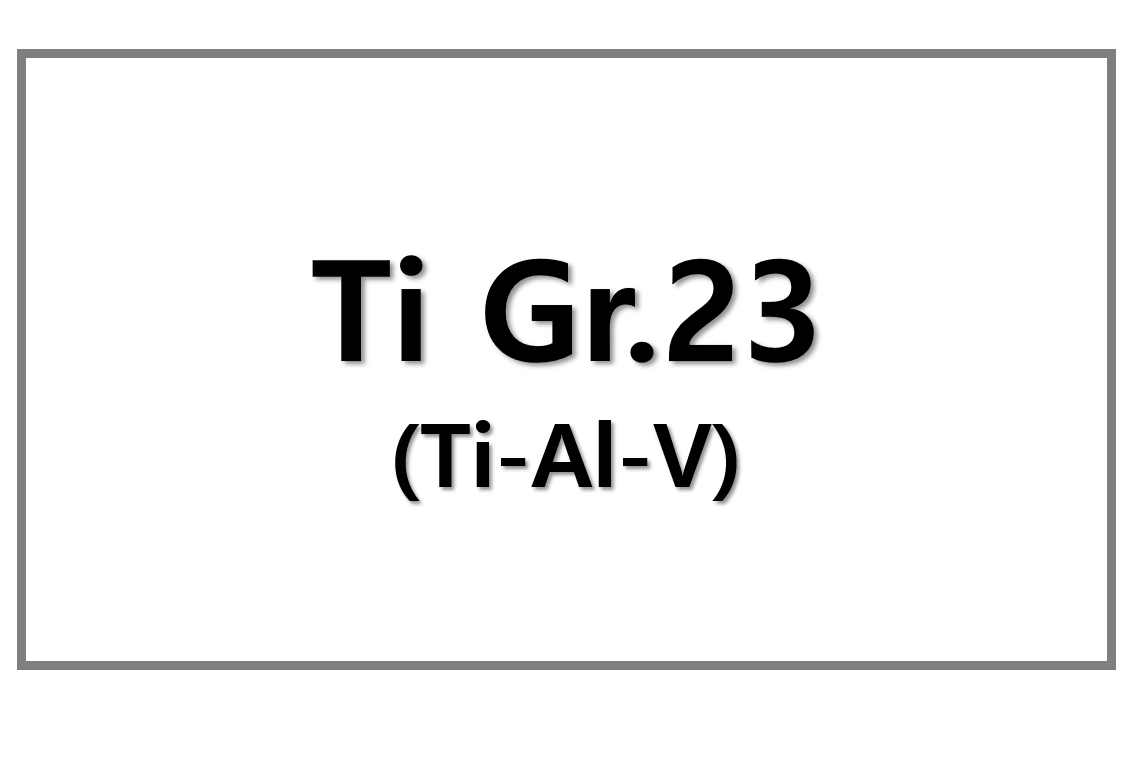
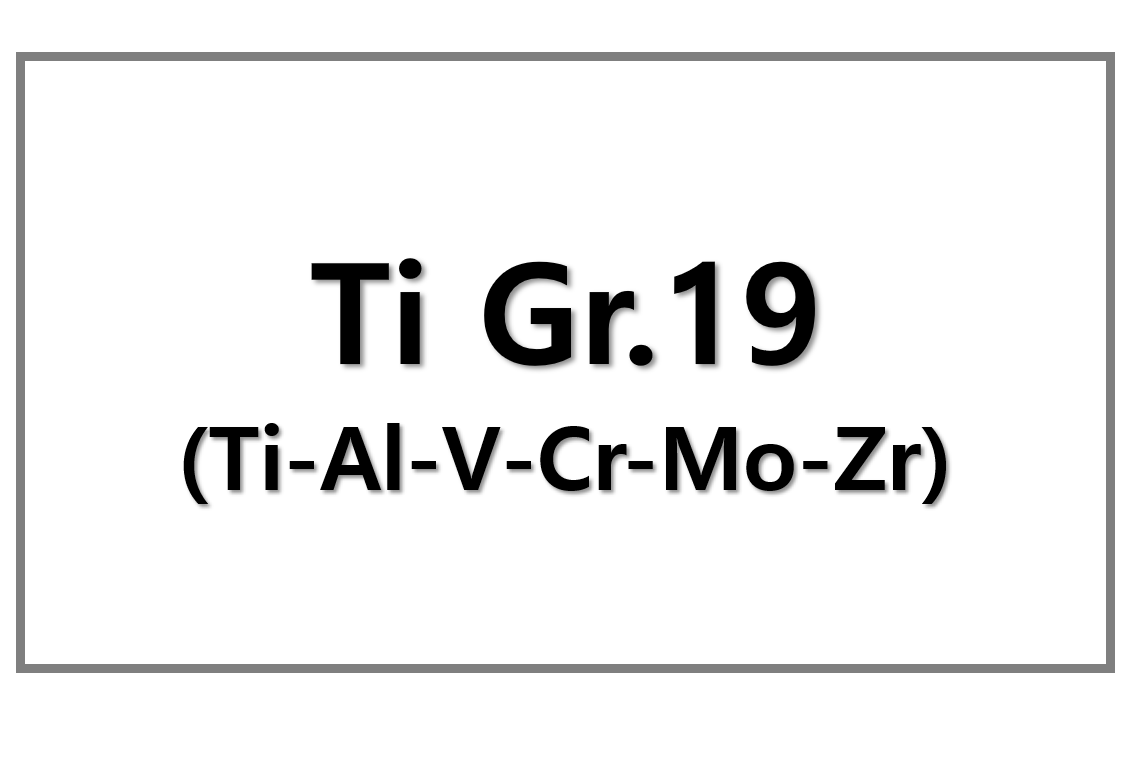
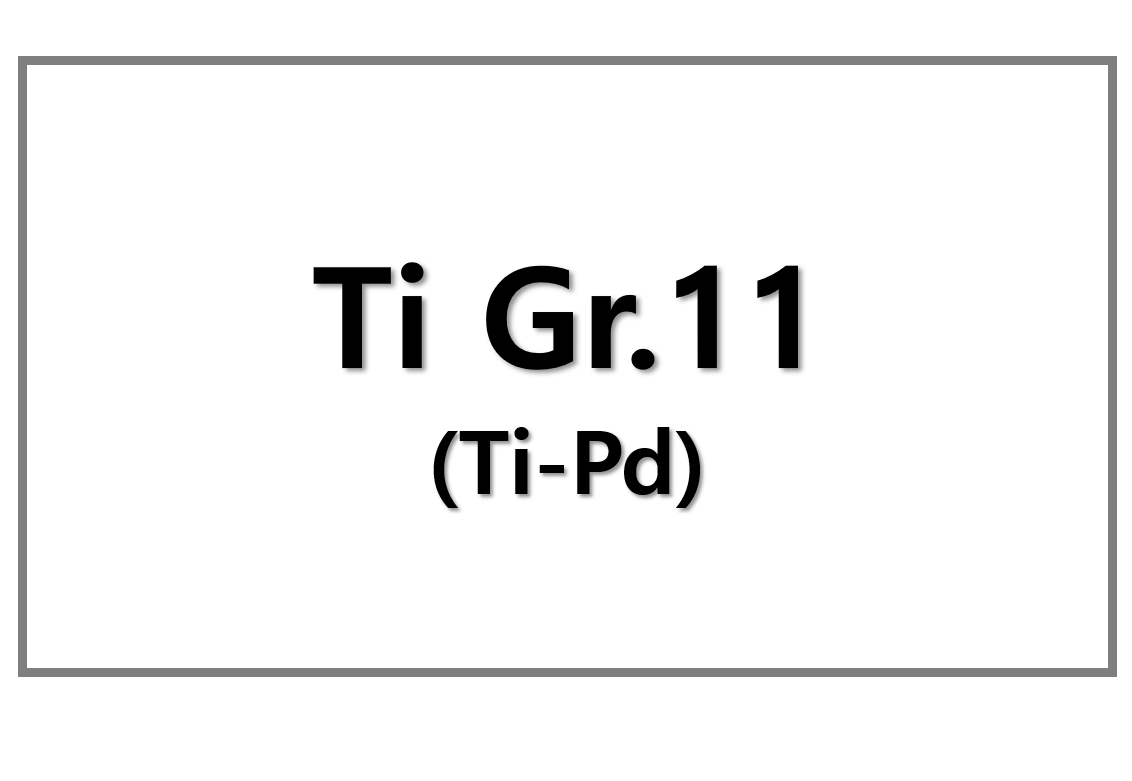
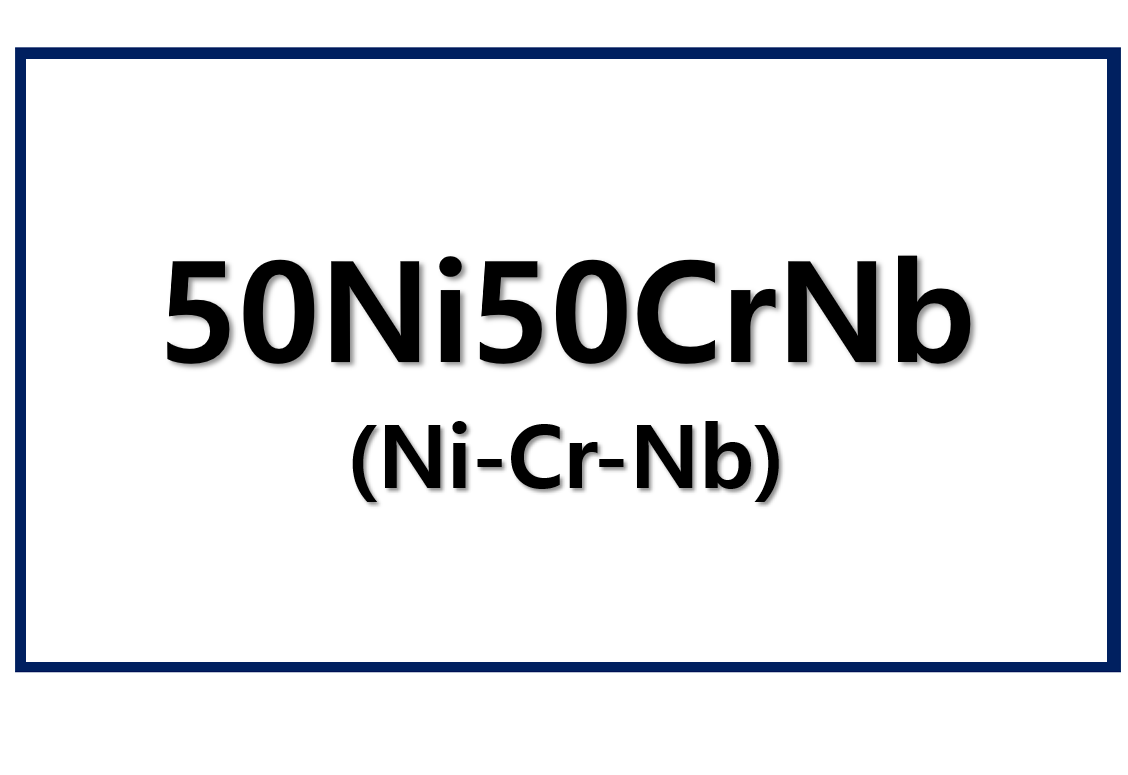
Leave a Reply
You must be logged in to post a comment.